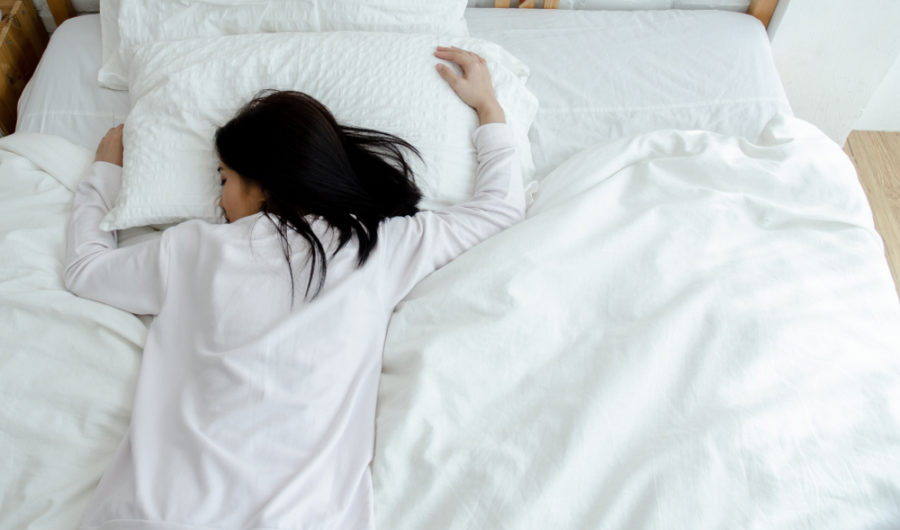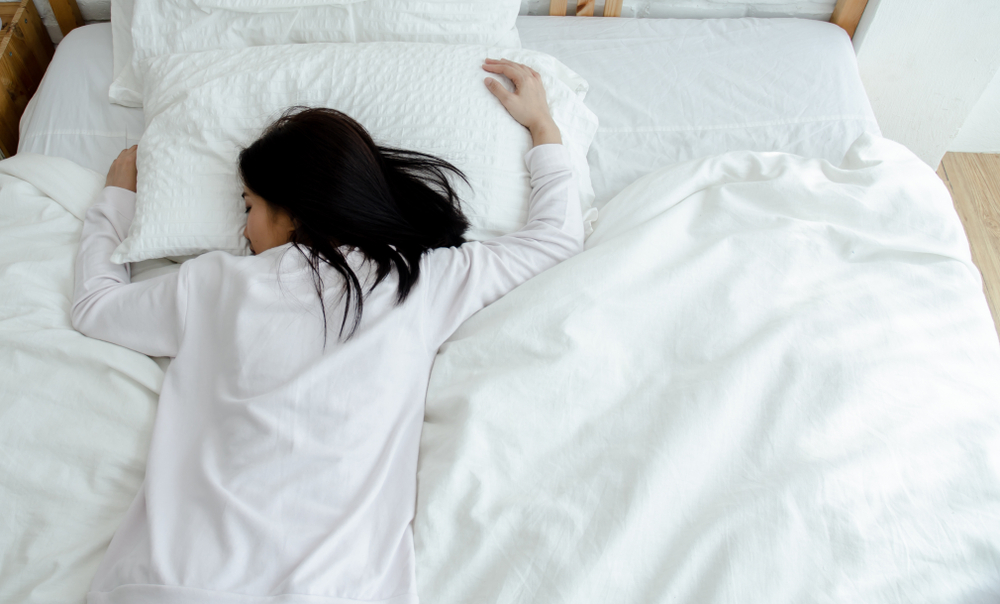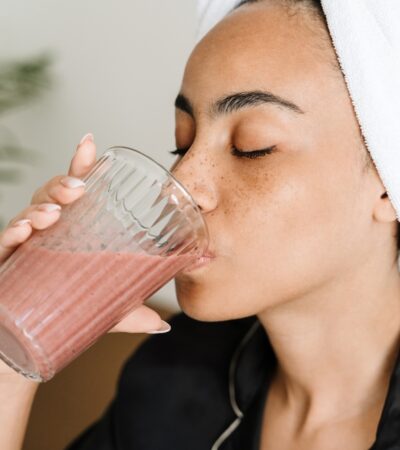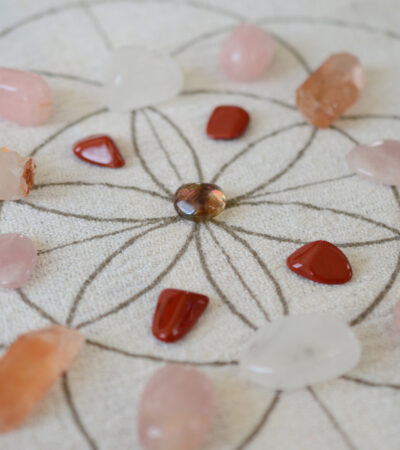Mindfulness-Based Sleep & Trauma Psychologist, Hope Bastine, shares how learning what your sleep animal is can help you understand your individual circadian rhythm for a better night’s sleep and increased productivity.
All living things have a universal internal clock that regulates biological behaviour, but for humans, it seems to also have an effect on our cognitive abilities. Our daily rhythm is governed by an internal circadian system that dictates when we wake up, when we go to sleep, and when we are most productive – it even determines when we should take naps!
The 2017 Nobel laureates, Doctors Jeffrey Hall, Michael Rosbash and Michael Young identified that the PER gene is responsible for proteins that accumulate in cells during the night and then diminishes throughout the day. This means that we have an inner timekeeper that regulates our behaviour, hormonal secretion, sleep/wake cycle, body temperature and metabolic functioning.
Our Master Clock is located in the suprachiasmatic nuclei (SCN). The SCN is a bundle of nerves that begin in the eyes that have proteins that pick up light. These nerve cells can be traced deep within the brain to the hypothalamus which controls the release of hormones and the regulation of body temperature. Hence, our sleep and waking cycle is triggered by light and darkness which then stimulates the release of the sleepy hormone melatonin and lowers our body temperature just right for rest.
What scientists have also discovered is that there is some genetic variability on our genetically encoded Master Clock. This would explain why some people are night owls while others are morning larks. For example, if you have a long PER2/3 gene, you’re likely to be an early riser needing 7-9 hours of shut-eye to perform at your best. But If you have a shorter PER2/3 gene, you’re a late riser needing slightly less sleep. Less than 3% of us have a rare genetic mutation on the DEC2 gene which is also involved in circadian rhythm and cellular production. The impact of this condition means that people can get by on around 6 hours (or even less) of sleep a night and appear healthy. However, the research on this is fairly new and we know very little about the long-term consequences of this.
Identifying your unique Chronotype (or sleep animal, as I like to call it) is helpful for decoding your rhythm and determine the optimal times to both fulfil your sleep needs and perform at your best.
BEAR
The Bear is most common accounting for 50-55% of the population, they neither wake up too early or go to bed too late and tend to follow the natural light-dark cycle. The Bear’s performance and productivity window falls in the typical 9-5 timeframe.
LION
The Lion leads us by waking up early and need to go to bed early, they make-up about 15 – 20% of the population. The Lion performance and productivity window is in the morning hours.
WOLF
The Wolf is late to rise and late to bed, are often creative and about 15% of the population. A Wolf’s performance and productivity window is in the late afternoon and early evening.
DOLPHIN
Finally, the Dolphin is a light sleeper, very sensitive to noise, good with detail and benefits most from following their bio-rhythm forming 10% of the population. Chronobiology experts argue that eating, sleeping, exercising, and thinking within your unique bio-time is the ultimate lifehack! The best way to figure out you unique chronotype is to take the sleep quiz, or if you’re really serious, take a genetic test.
Words by Hope Bastine, Psychologist and Sleep Expert specialising in mental health, trauma and PTSD. To learn more, head to her website, Fresh Perception














